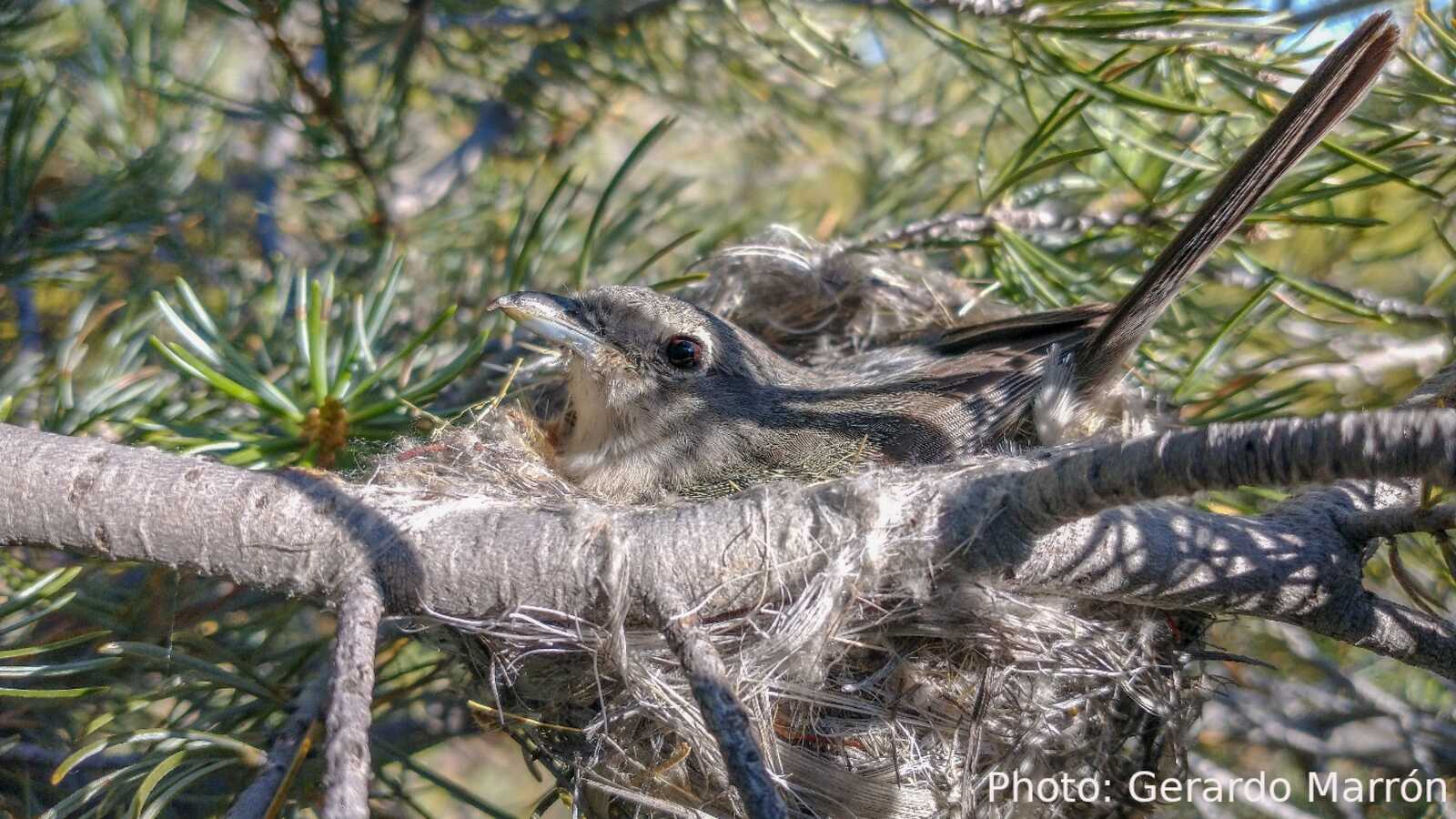
Decline of the Gray Vireo in Southern California
Philip Unitt
Tue, Jul 13, 2021 7:00 PM
Philip Unitt
Tue, Jul 13, 2021 7:00 PM
Tue, Jul 13, 2021 7:00 PM
Since the 1940s, populations of the Gray Vireo (Vireo vicinior) in California have collapsed, presumably because of parasitism by the Brown-headed Cowbird (Molothrus ater).
In 2012 and 2013, Lori Hargrove, Phil Unitt, and their team from the San Diego Natural History Museum studied the vireo’s nesting ecology to assess factors affecting two of California’s largest remaining populations in the chaparral of San Diego County. Nest success was extremely low and more nest failures were due to predation than to cowbird parasitism. Video-recording at 30 nests revealed that the California Scrub-Jay (Aphelocoma californica) was the most common nest predator.
The Gray Vireo’s continuing range collapse contrasts with recent climate-change models predicting a range expansion, highlighting the importance of demographic studies.
Low nest success is likely contributing to population declines in California, and the additive effect of cowbird parasitism suppresses productivity. Conservation of Gray Vireos in California will likely require development of alternative approaches to cowbird and scrub-jay control appropriate to sites widely scattered in rugged chaparral.
Join us as Phil Unitt brings us up to date on the status of the Gray Vireo in southern California and shares news from a June 2021 survey for the Gray Vireo in the Sierra Juárez in northern Baja California.
A recording of the webinar is here: